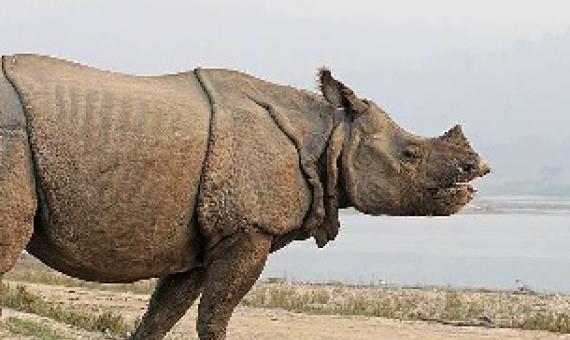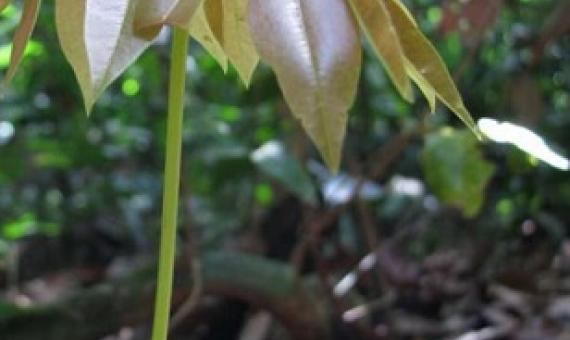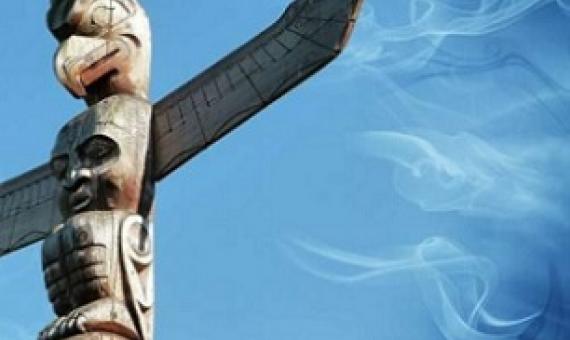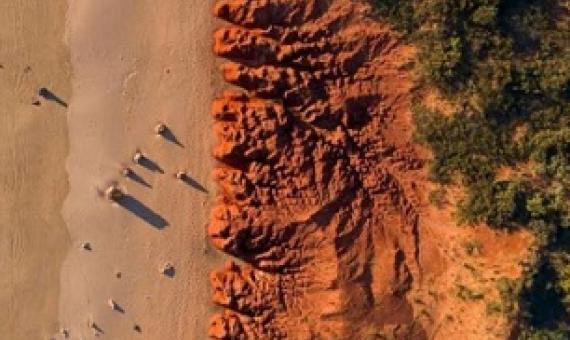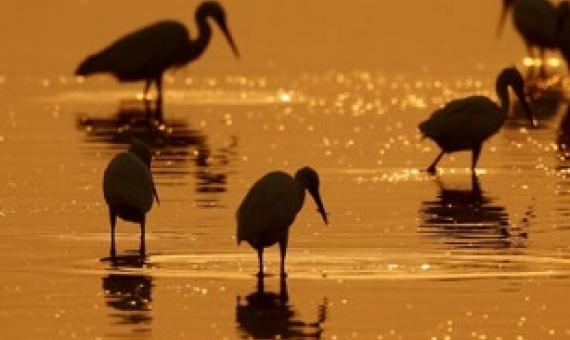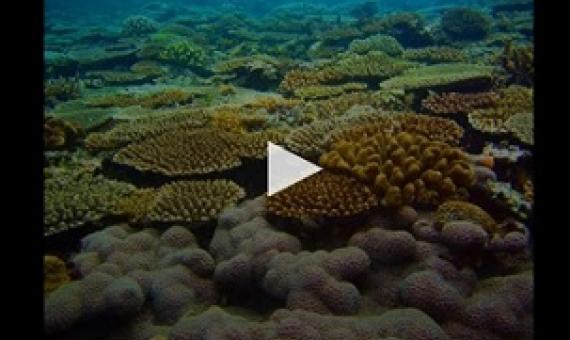A University of Queensland-led research team has revealed that many endangered mammal species are dependent on protected areas, and would likely vanish without them. Professor James Watson, of UQ and the Wildlife Conservation Society, said despite the success of protected areas, their p
Protected areas are considered the most important tool for curbing the ongoing biodiversity loss, but a lack of field data hampers efforts to measure how effective they are in practice.
A global analysis reveals for the first time that across almost all tree species, fast growing trees have shorter lifespans.
New research has found that Indigenous knowledge is regularly underutilised and misunderstood when making important environmental decisions.
The results show that long-term exposure to ultraviolet (UV) filters -- including avobenzone, oxybenzone, and octocrylene -- is lethal for some organisms living in freshwater environments.
A vast transition from fossil fuels to renewable energy is crucial to slowing climate change. But building solar panels, wind turbines and other renewable energy infrastructure requires mining for materials. If not done responsibly, this may damage species and ecosystems.
The Consequences of COVID‑19 and Other Disasters for Wildlife and Biodiversity
We review the economic channels by which the COVID-19 pandemic and subsequent policy responses may affect wildlife and biodiversity. The pandemic is put in the context of more than 5,000 disease outbreaks, natural disasters, recessions and armed conflicts in a sample of 21 high biodiversity countries. The most salient feature of the pandemic is its creation of multiple income shocks to rural and coastal households in biodiverse countries, correlated across sectors of activities and spatially. Various research and policy opportunities and challenges are explored.
Valuation of coral reefs in Japan: Willingness to pay for conservation and the effect of information
In recent decades, despite their value, coral reefs have been endangered and are swiftly declining because of land overuse, rising sea temperatures, and increasing ocean acidification. This study assesses the willingness to pay (WTP) for coral reef conservation in Japan. We conducted an online discrete choice experiment with 10,573 respondents. A latent class logit model framework was used, and three respondent classes were recognized.
Researchers have discovered that waterbirds around the equator are sensitive to global warming and are reacting more quickly than birds from regions with a more moderate climate.
Audiences shown a video about coral reefs had less willingness to pay (WTP) for conservation than when shown a slideshow of texts and photographs.

